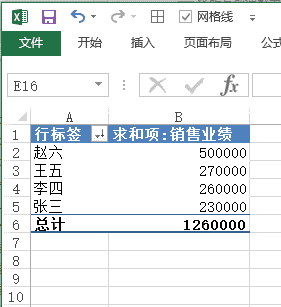妙解REDIS大对象定位之思路引导
2023-11-03 12:56:00
您是否正在寻找一种新的Redis大对象定位方法?本文将为您提供一些奇思妙想,帮助您快速、高效地找到Redis数据库中的大对象。
在大数据时代,Redis数据库中的数据量不断增加,导致大对象定位问题日益突出。大对象定位的难点在于,Redis本身没有提供直接查找大对象的工具或接口,需要借助其他工具或方法进行定位。
一、思路引导:从优化到大对象定位
为了解决Redis大对象定位问题,需要从多个方面进行优化和改进:
-
数据结构优化 :使用合适的Redis数据结构,如Hash、Set、Sorted Set等,可以有效降低大对象产生的可能性。
-
数据分区和分片 :将大数据量分散到多个Redis实例中,可以避免单个实例中出现过多的大对象。
-
定期清理大对象 :使用定期清理大对象的工具或脚本,可以及时发现和删除Redis中的大对象,避免大对象对数据库性能的影响。
二、工具使用:Redis大对象定位利器
除了优化之外,还可以借助一些工具来帮助我们快速定位Redis中的大对象:
-
redis-cli工具 :Redis自带的redis-cli工具可以用于扫描Redis数据库中的所有Key,并输出每个Key的value大小,从而可以找到Redis中的大对象。
-
RedisInsight工具 :RedisInsight是一款功能强大的Redis管理工具,可以帮助我们快速扫描Redis数据库中的所有Key,并以直观的方式展示每个Key的value大小,从而可以轻松定位Redis中的大对象。
-
Jedis工具 :Jedis是一个Java客户端库,可以帮助我们连接Redis数据库并执行各种操作,包括扫描Redis数据库中的所有Key并输出每个Key的value大小。
三、源码分析:深入Redis大对象定位
为了更好地理解Redis大对象定位的原理,我们可以分析Redis的源码。Redis中提供了scan命令,可以帮助我们扫描Redis数据库中的所有Key,并输出每个Key的value大小。
def scan(self, cursor=0, match=None, count=None):
"""
Incrementally iterate the keys space by returning at most count keys at a time.
If cursor is set to zero the function returns the first elements in the
keys space, otherwise it returns elements starting at the cursor.
A cursor is returned in order to allow the user to resume a scan in a
successive call.
Pagination works in a way that the first item of the next page is the
element after the last element returned by the previous page's call.
If count is provided, at most ``count`` elements are returned in the
list. Otherwise, the list contains elements from the start to the end of
the dataset (``count`` is infinite in this case).
For every element returned, the following information is provided:
1. The key name.
2. The key payload.
The command is guaranteed to return all the elements available in the
dataset when the command is called, however it is possible that new
elements are introduced between the execution of the command and the
return of the results to the client. Therefore the total number of
elements returned is not guaranteed to be the number of elements in the
dataset.
To get a consistent representation of the keys space, the client can
call ``SCAN`` multiple times with the same ``cursor``.
Iterating over the keys in the keys space requires specifying the cursor
as 0.
For example:
>>> r.scan(cursor=0)
('1', [b'foo', b'bar'])
>>> r.scan(cursor=1)
('2', [b'hello', b'world'])
"""
return self.execute_command("SCAN", cursor, count, match)
通过分析Redis的源码,我们可以更深入地了解Redis大对象定位的原理,并开发出更加高效的定位工具。
四、案例分享:某公司的Redis大对象定位实践
某公司在使用Redis数据库时,遇到了Redis大对象定位的问题。他们使用redis-cli工具扫描Redis数据库中的所有Key,并输出每个Key的value大小,最终找到了Redis中的大对象。通过分析大对象的产生原因,他们优化了数据结构,并使用了RedisInsight工具来监控Redis数据库中的大对象,从而解决了Redis大对象定位问题。
结语
Redis大对象定位是一个比较复杂的问题,需要从多个方面进行优化和改进。通过优化数据结构、使用分片技术、定期清理大对象以及借助工具等手段,我们可以有效解决Redis大对象定位问题。



